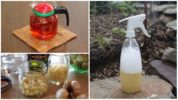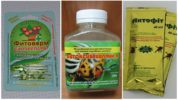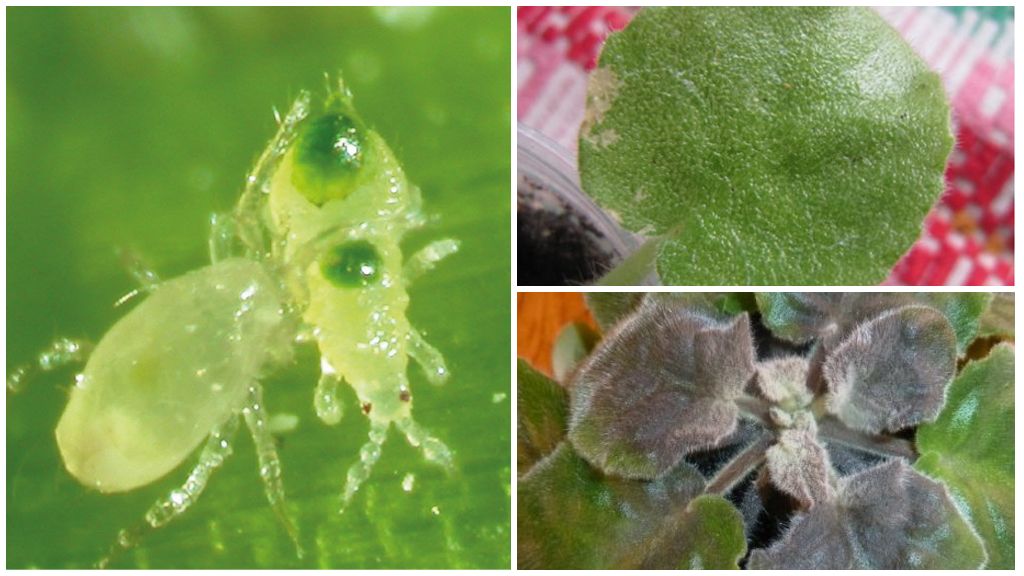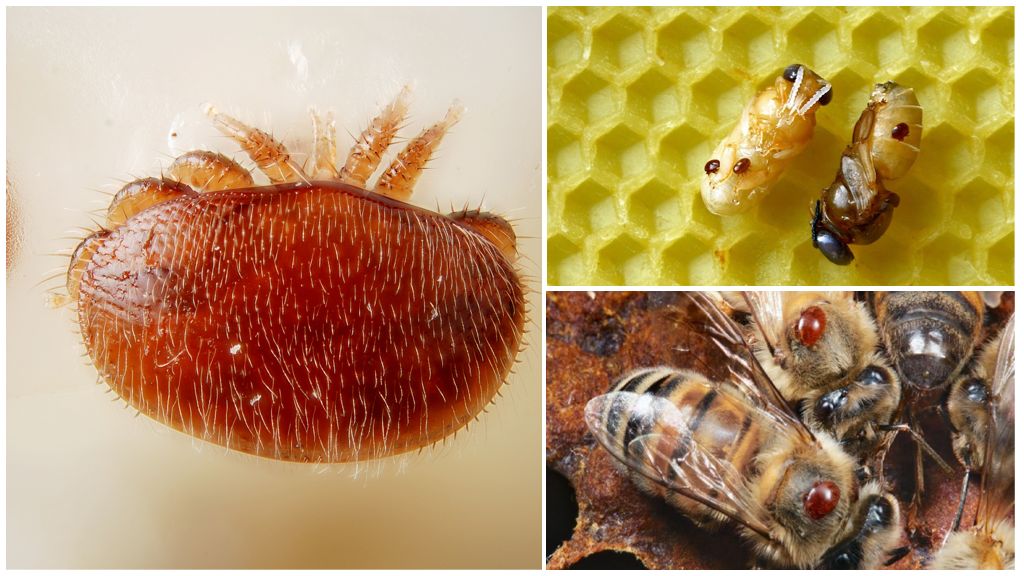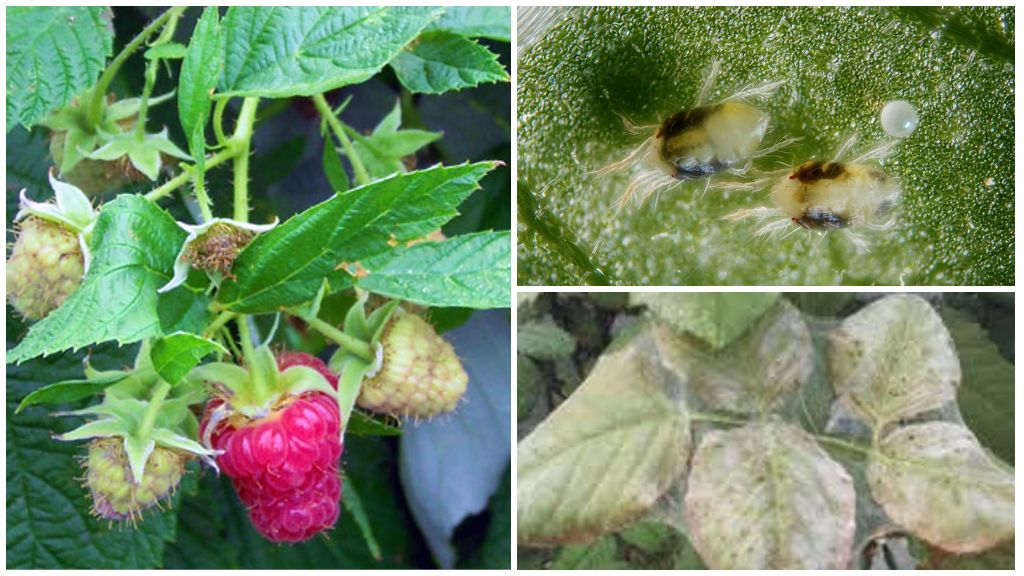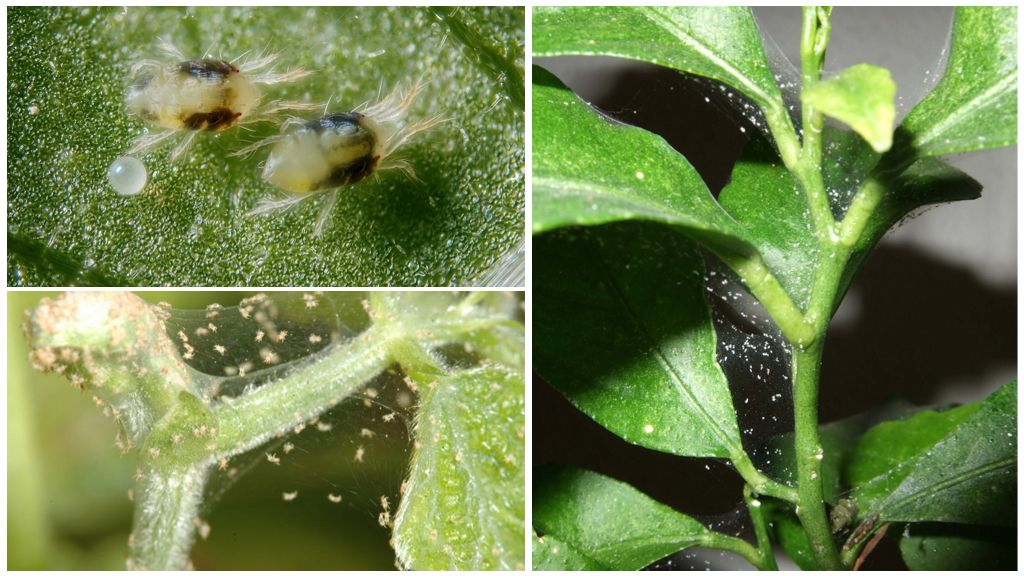- Spider mite on a rose
- Folk ways to combat the spider mite on a rose
- Biological products for combating spider mites
- Fighting a spider mite on a rose
Appearance pests on flowers is a real disaster that can lead to their death. A spider mite that has settled on a rose causes gradual wilting of leaves and inflorescences, therefore, when it is detected, urgent measures must be taken to save the plants. Chemical methods and folk remedies will help gardeners solve this problem.
Description of the parasite and causes
Spider mites belong to the class of arthropods and annoy the flowers quite often. They are able to very quickly move to neighboring plants, where they arrange new colonies that breed at high speed. The difficulty in detecting such microscopic insects is the main reason that the problem becomes noticeable only with severe damage to the stem, leaves and flowers.
The size of the tick is 0.2-0.5 mm, the body is oval and covered with hairs, painted in red or brown (see photo of a spider mite on roses). You can see such a creature only under a microscope. They live everywhere: on the stem, leaves, shoots, inflorescences. The diet of pests consists of plant juices, which they suck from all parts of the flower. Females are able to multiply very quickly, laying eggs, from which in a couple of days young voracious green larvae appear.
They can get on indoor plantings through windows or from the soil when buying decorative flowers in a store.
On a note!
On decorative flowers, including and roses, spider mites settle when favorable conditions arise. They prefer a dry and warm microclimate, but they can’t tolerate high humidity. In the absence of frequent watering, with dried soil in the garden or at room conditions, the risk of invasion and transition between plants increases sharply, which can be fatal for delicate roses.
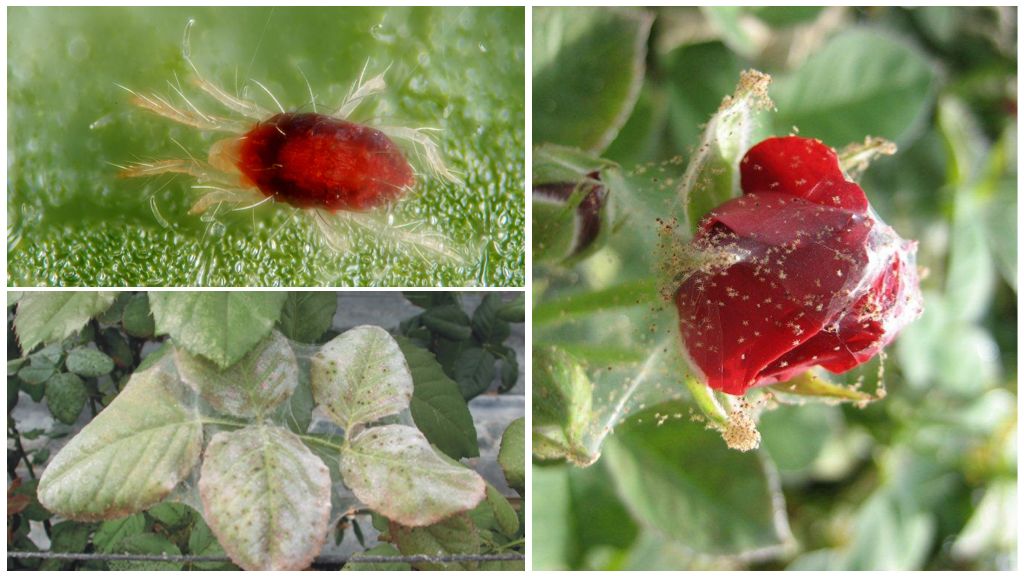
Signs of defeat
The presence of a spider mite on roses becomes noticeable only with the active reproduction of parasites and is manifested in external signs:
- the leaves of a domestic rose turn yellow and fall, twisting into a tube;
- with a massive lesion, they become white and completely entangled in the web produced by ticks;
- indoor rose grows poorly and weakens before our eyes due to disruption of the photosynthesis process, buds become small;
- diseases (gray rot, etc.) may appear on the flower, which are transmitted by ticks.
On a note!
The largest number of parasites focuses on the ends of leaves and young green shoots. In order to detect ticks in time, these parts on roses must be inspected often, because with a small number of them it will be easier to save the plant.
With severe damage, the probability of death of the flower is almost 100%, especially in the absence of the correct actions of the host to save the plant and fight pests.
How to deal with a spider mite on roses
Treatment should only begin after it is known that the spider mite is the pest.To do this, you need to inspect the plant for the presence of spots and light spots on the outside of the leaves. Also, upon careful examination, you can notice small moving points on the inside, which are ticks.
Methods of controlling parasites should be carried out comprehensively, using both folk methods and chemical preparations.
Folk methods of saving roses
Flower Rescue Tips:
- strongly affected parts should be removed immediately;
- then it is necessary to wash the indoor rose with soap from the spider mite, which will significantly free it from a large number of parasites;
- then the soil should be abundantly watered, and the leaves allowed to dry, then go to the next stage of salvation.
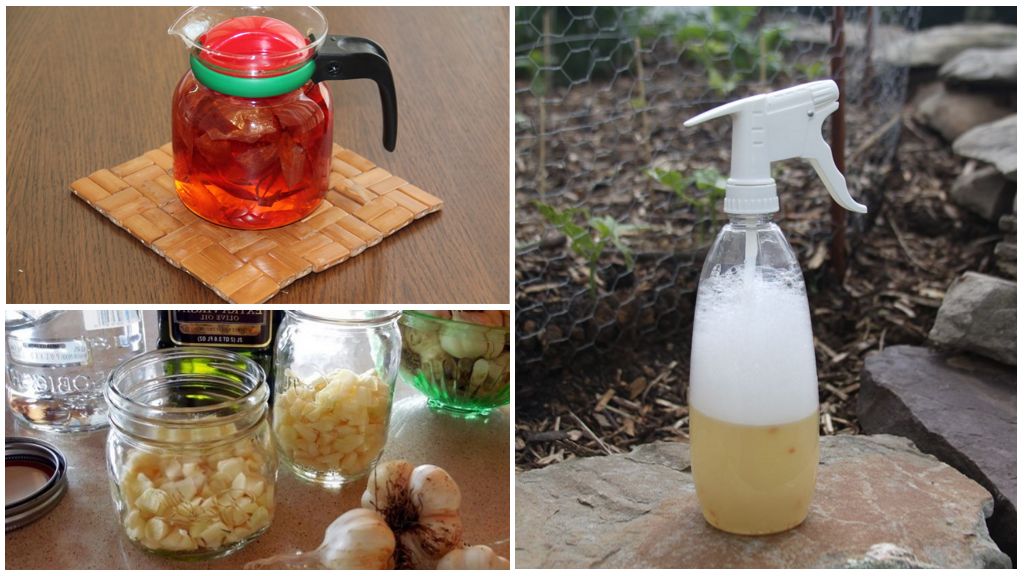
With a small lesion, folk remedies and recipes will help, the processing of which should be carried out every 5-7 days:
- prepare a decoction of onion peel or dandelion and carefully spray the rose, the procedure must be repeated several times;
- for processing, it is recommended to use an infusion of garlic: 170 g chopped or ground in a meat grinder, pour 1 liter of water, stand for 5 days, before spraying, the solution is diluted with water;
- the infusion of tobacco, which is prepared from 50 g of dry powder or leaves per 1 liter of water, will also help cure the rose, insist 1 day, then strain and dilute by half;
- a decoction of chopped potato or tomato tops is made from 400 g of mass per 1 liter of boiling water, boil and filter well, dilute half with water before spraying.
Important!
When carrying out all the procedures at home, it is best to move the diseased rose to a separate room so that the parasites cannot move to neighboring plants. After treatment and treatment, the pan of the pot should be washed and rinsed with boiling water, and temporarily cover the flower with a bag of paper or polyethylene.
Bio and chemical products for tick control
With a severe defeat of the flower, getting rid of the spider mite on the rose is possible only with the help of chemicals. For processing use exclusively acaricidal drugs, since insecticides do not act on arthropods.

Biological remedies for spider mites on roses:
- Fitoverm - a biological product that allows you to destroy adult ticks and their larvae, for processing 1 ampoule per 2 ml, it is necessary to dissolve in 250 ml of water, then spray the diseased plant and all the flowers that are in the neighborhood. Processing should be repeated every 5-8 days.
- Bicol, Bitobaxibacil, Actofit - similar biological agents containing bacteria that are harmless to humans but dangerous to ticks.
- After 2-3 days, the Epin stimulator is recommended to maintain health and accelerate flower growth.
Important!
When processing a diseased flower by any means, it is necessary to ensure that the solution necessarily falls on the underside of the leaves and on the ground.
In case of severe damage, it is better to treat a rose from a spider mite with chemical acaricidal agents:
- Tick-borne, Anti-tick, Fufanol - have a contact effect on pests, however, they have high resistance (addiction), therefore they can not be used twice.
- Actellik - the most powerful drug that destroys parasites at all stages of development, contains pyrimofos-methyl: when using it, high toxicity should be taken into account, therefore treatment should be carried out in fresh air, using protective equipment for the eyes, respiratory organs and skin. Apply no more than 2 times with an interval of 7-10 days.
- Neoron, Aktellik, Akarin, Apollo, Karate, etc. - Similarly, they act on a spider mite and help save the rose from its invasion.
The advantage of using chemicals is their ease of use and high effectiveness, in which almost all pests are destroyed: eggs, larvae and adults.The disadvantages include the high toxicity of such drugs for people and pets.
All chemical and folk remedies are recommended to be used throughout the growing season, periodically alternating between them.
Prevention

The appearance of a spider mite on roses is much easier to prevent than then treat the affected flower.
As a preventative measure to counter the appearance of parasites on roses, the following is recommended:
- Maintain high humidity of the soil and air in the room, for which the flower is sprayed from the spray gun with cold water, making sure that the drops do not stay for long on the leaves and petals
- Remove dried buds and green parts in a timely manner.
Proper and regular care of home roses will help to protect them from the settlement of spider mites and their further reproduction.
Reviews
I wash my own roses with a prepared soap solution every week. This helps to prevent the appearance of spider mites and other small pests. With such care, chemistry will not be needed.
Ekaterina, Minsk
I had such a critical situation with a rose in the garden, spider mites almost ate it, and only chemical agents helped to save it. Used Actellik and Neoron, alternated every 7-10 days.
Sergey, Voronezh
I practice periodic “bathing” in my soap roses in a soap solution, when detecting ticks I use biologics: Fitoverm and others, the main thing for them is to provide constant and caring care. Then the flowers will be fresh and healthy.
Anna, Moscow

